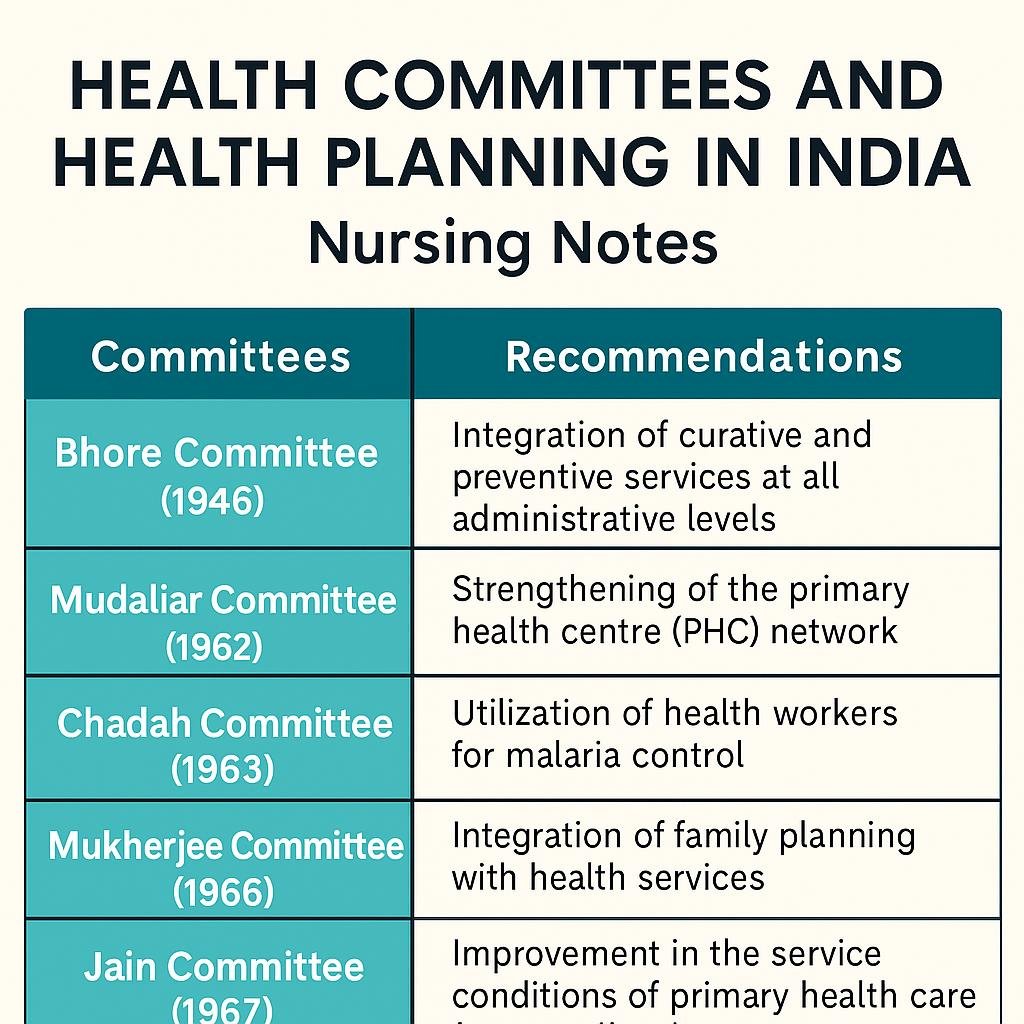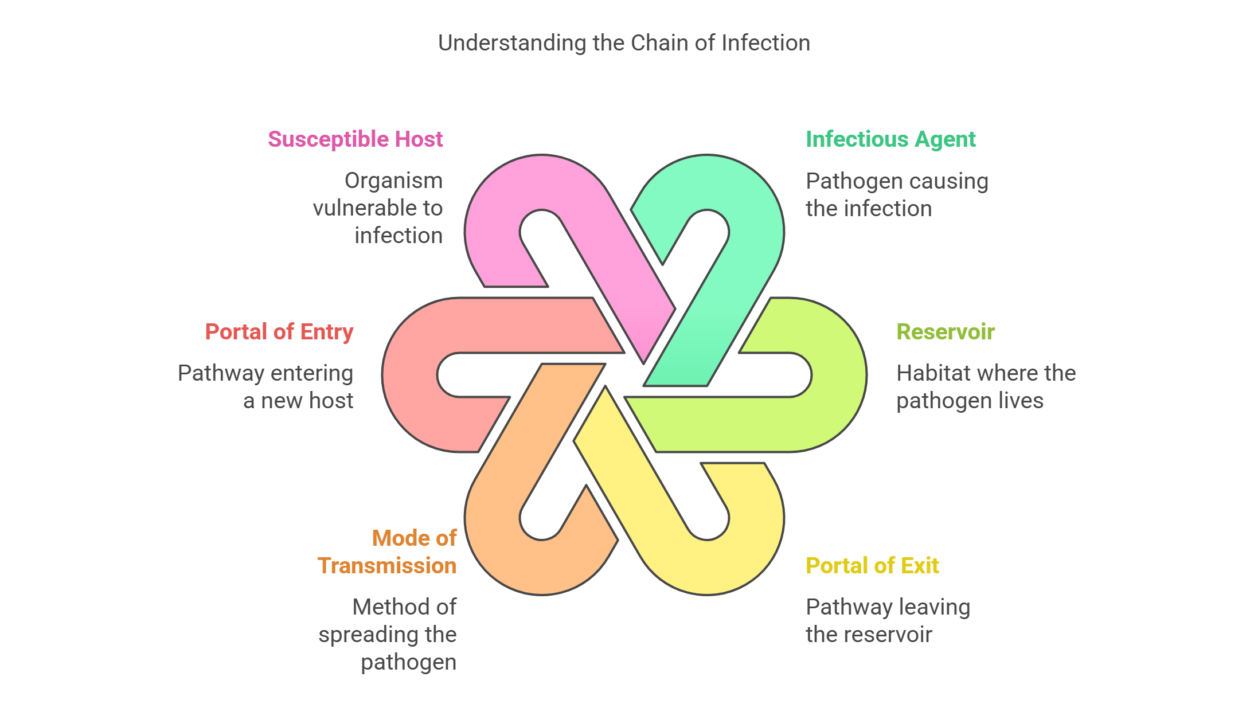Vital Signs
Vital Signs: Normal Ranges, Guidelines & Temperature Regulation
✅ “Vital signs are key indicators of health, including body temperature, pulse, respiration, and blood pressure. Learn the normal ranges, measurement guidelines, and how the body regulates temperature.”
✅ “Learn about vital signs, their normal ranges, guidelines for measurement, and body temperature regulation, including physiology and abnormalities.”
Table of Contents
Vital Signs
What are Vital Signs?
Vital signs are key indicators of a person’s basic body functions. They help assess overall health and detect medical conditions early. The four main vital signs are:
- Body Temperature – Measures heat inside the body.
- Pulse (Heart Rate) – Number of heartbeats per minute.
- Respiration Rate – Number of breaths per minute.
- Blood Pressure – The force of blood against artery walls.
Importance of Vital Signs
- Help in early detection of diseases.
- Monitor response to treatments.
- Guide doctors and nurses in making decisions about care.
Guidelines for Taking Vital Signs
- Use proper equipment (thermometer, stethoscope, blood pressure monitor).
- Understand normal ranges and recognize abnormalities.
- Measure vital signs accurately and regularly.
- Report any unusual findings to senior nurses or doctors.
- Record vital signs correctly for future reference.
When to Check Vital Signs?
- On hospital admission.
- Before and after surgery or procedures.
- After giving medications affecting heart or breathing.
- When a patient’s condition changes.
- As per doctor’s instructions.
Normal Ranges of Vital Signs
- Temperature: 97°F – 99°F (36.1°C – 37.2°C)
- Pulse Rate: 60 – 100 beats per minute
- Respiration Rate: 12 – 20 breaths per minute
- Blood Pressure: 90/60 mmHg to 120/80 mmHg
Body Temperature
Body temperature is the measure of heat inside the body. It is the balance between heat produced and heat lost. The normal body temperature is 36-38°C (96.8-100.4°F), with an average of 37°C (98.6°F).
Physiology of Body Temperature
What is Body Temperature?
Body temperature is the measure of how well the body produces and loses heat. The body maintains a safe temperature range, even when the external temperature changes.
How the Body Regulates Temperature
- When too hot:
- Blood vessels widen (vasodilation) to release excess heat.
- Sweat glands produce sweat, which cools the body as it evaporates.
- When too cold:
- Blood vessels narrow (vasoconstriction) to conserve heat.
- Muscles shiver to generate more heat.
Normal Body Temperature
- Varies based on time, location, and person.
- Generally ranges from 36°C to 38°C (96.8°F to 100.4°F).
- The average oral temperature for a healthy adult is 37°C (98.6°F).
Abnormal Body Temperature
- Hyperthermia: Body temperature higher than normal (fever, heatstroke).
- Hypothermia: Body temperature lower than normal (cold exposure).
Types of Body Temperature
- Core Temperature
- Temperature of deep body tissues (brain, chest, abdomen).
- Stays stable at around 37°C (98.6°F).
- Measured by medical devices inside the body (esophagus, bladder).
- Surface Temperature
- Temperature of the skin and fat layer.
- Changes with the environment.
- Measured at the skin, armpit (axilla), or mouth (oral temperature).
✅ Key Fact: Oral temperature is commonly used, with an adult’s normal range being 36.7°C (98°F) to 37°C (98.6°F).
Regulation of Body Temperature (Thermoregulation)
- Controlled by: The hypothalamus, which detects temperature changes and sends signals to regulate heat.
1. Neural and Vascular Control
- Neural Control: Hypothalamus processes signals from temperature receptors and sends nerve impulses to adjust heat.
- Vascular Control:
- When Hot: Blood vessels dilate, sweat increases to cool the body.
- When Cold: Blood vessels constrict, shivering occurs, and hormones like epinephrine are released to produce heat.
2. Heat Production (Thermogenesis)
- Heat is produced by:
- Metabolism (Oxidation of Food): Energy is released from carbohydrates, fats, and proteins.
- Exercise: Increases metabolic rate and heat production.
- Hormones: Thyroid hormones, adrenaline, and testosterone increase heat.
- Shivering: Involuntary muscle activity that generates heat.
- Non-shivering Thermogenesis: Found in newborns using brown fat to generate heat.
- Diseases: Infections and fever increase body temperature.
- Environmental Changes: Extreme heat or cold affects body temperature.
- Emotions: Stress, anxiety, and excitement increase heat production.
3. Heat Loss (Thermolysis)
1. Heat Loss Mechanisms
The body loses heat mainly through the skin (90-95%) and lungs. Heat is transferred from the body’s core to the skin via blood circulation. The skin plays a key role in regulating body temperature.
When the body temperature increases:
- Blood vessels dilate, making the skin warm and red.
- Heat is lost through radiation, conduction, convection, and evaporation.
When the body temperature decreases:
- Blood vessels constrict, keeping warm blood deeper inside the body to reduce heat loss.
2. Methods of Heat Loss
🔹 Radiation – Heat transfer without direct contact.
- Heat moves from the body to cooler surroundings.
- Example: Sitting in a cool room leads to heat loss.
🔹 Conduction – Heat transfer through direct contact.
- Heat moves from the body to cooler objects.
- Example: Lying on a cold surface results in heat loss.
🔹 Convection – Heat loss through air movement.
- Warm air around the body is replaced by cooler air.
- Example: A fan increases heat loss.
🔹 Evaporation – Heat loss through sweat and breathing.
- Sweat evaporates, cooling the body.
- Example: Sweating during exercise reduces body heat.
3. Behavioral Control of Body Temperature
Humans adjust their behavior to regulate body temperature based on:
- Environmental temperature
- Comfort level
- Emotional state
- Activity level
Infants and older adults may need help adjusting to temperature changes.
4. Thermoregulation by the Hypothalamus
The hypothalamus regulates body temperature through:
- Cold response: Vasoconstriction, shivering, increased metabolism.
- Heat response: Vasodilation, sweating, reduced activity.
Factors Affecting Body Temperature
Body temperature is influenced by various factors that affect heat production and heat loss. Nurses must consider these factors when assessing temperature changes.
1. Age
- Newborns: Have an immature thermoregulation system. Their body temperature ranges from 35.5° to 37.5°C. They lose 30% of body heat through the head.
- Children: Temperature regulation remains unstable until puberty.
- Older Adults: Have a lower average body temperature (36°C) due to reduced fat, decreased activity, and poor diet.
2. Exercise
- Physical activity increases body temperature by raising metabolism.
- Strenuous exercise, like running, can increase body temperature up to 41°C (105.8°F).
3. Hormones
- Women experience temperature changes due to hormones.
- During ovulation, increased progesterone raises body temperature by 0.3-0.6°C.
- Menopause causes hot flashes due to unstable vasomotor control.
4. Circadian Rhythm
- Body temperature follows a 24-hour cycle.
- Lowest between 1-4 AM.
- Highest around 6 PM.
- People who work night shifts take 1-3 weeks to adjust their temperature cycle.
5. Stress
- Physical and emotional stress stimulate the sympathetic nervous system, increasing metabolism and heat production.
- Anxiety before a hospital visit may cause a temporary rise in temperature.
6. Environment
- Extreme temperatures affect infants and older adults the most due to weaker thermoregulation.
- Hot environments can increase body temperature.
- Cold environments can lower body temperature due to heat loss.
COURSES
Discover more from healtheducationalmedia
Subscribe to get the latest posts sent to your email.
Nursing Foundation
UNIT 6 : VITAL SIGNS – INDEX
✅ “Learn vital signs in detail with these 6th unit notes for 1st semester B.Sc Nursing. Covers temperature, pulse, respiration, blood pressure, and more.”

✅ “Get detailed 6th unit notes on vital signs for 1st semester B.Sc Nursing students. Covers temperature, pulse, respiration, blood pressure, and documentation.”
6th Unit Vital Signs Notes for 1st Semester B.Sc Nursing Students
| Chapter Section |
|---|
| Guidelines for Taking Vital Signs |
| Body Temperature |
| – Definition, Physiology, Regulation, Factors Affecting |
| – Assessment: Sites, Equipment, and Technique |
| – Temperature Alterations |
| – Fever/Pyrexia: Definition, Causes, Stages, Types, and Nursing Management |
| – Hot and Cold Applications |
| Pulse |
| – Definition, Physiology and Regulation, Characteristics, Factors Affecting Pulse |
| – Assessment: Sites, Equipment, and Techniques |
| – Alterations in Pulse |
| Respiration |
| – Definition, Physiology and Regulation, Mechanics of Breathing, Characteristics, and Factors Affecting Respiration |
| – Assessment of Respiration: Techniques |
| – Arterial Oxygen Saturation |
| – Alterations in Respiration |
| Blood Pressure |
| – Definition, Physiology and Regulation, Characteristics, and Factors Affecting Blood Pressure |
| Documenting Vital Signs |
COURSES
(more…)
Discover more from healtheducationalmedia
Subscribe to get the latest posts sent to your email.
-

 mobility and immobility9 months ago
mobility and immobility9 months ago“Top 10 Range of Motion (ROM) Exercises for Joints: Enhance Flexibility and Mobility”
-
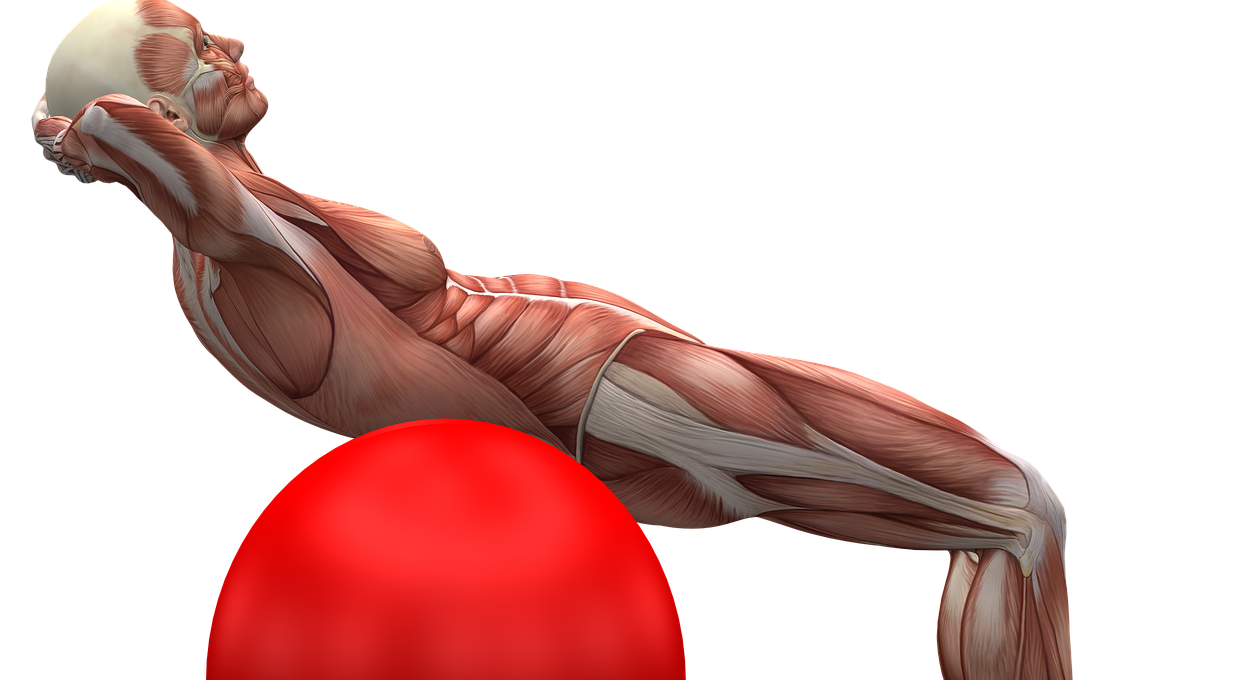
 mobility and immobility9 months ago
mobility and immobility9 months ago“10 Powerful Muscle Strengthening Exercises for Rapid Results”
-

 mobility and immobility9 months ago
mobility and immobility9 months ago“Master Body Alignment and Patient Positioning: 5 Essential Techniques for Safe Care”
-
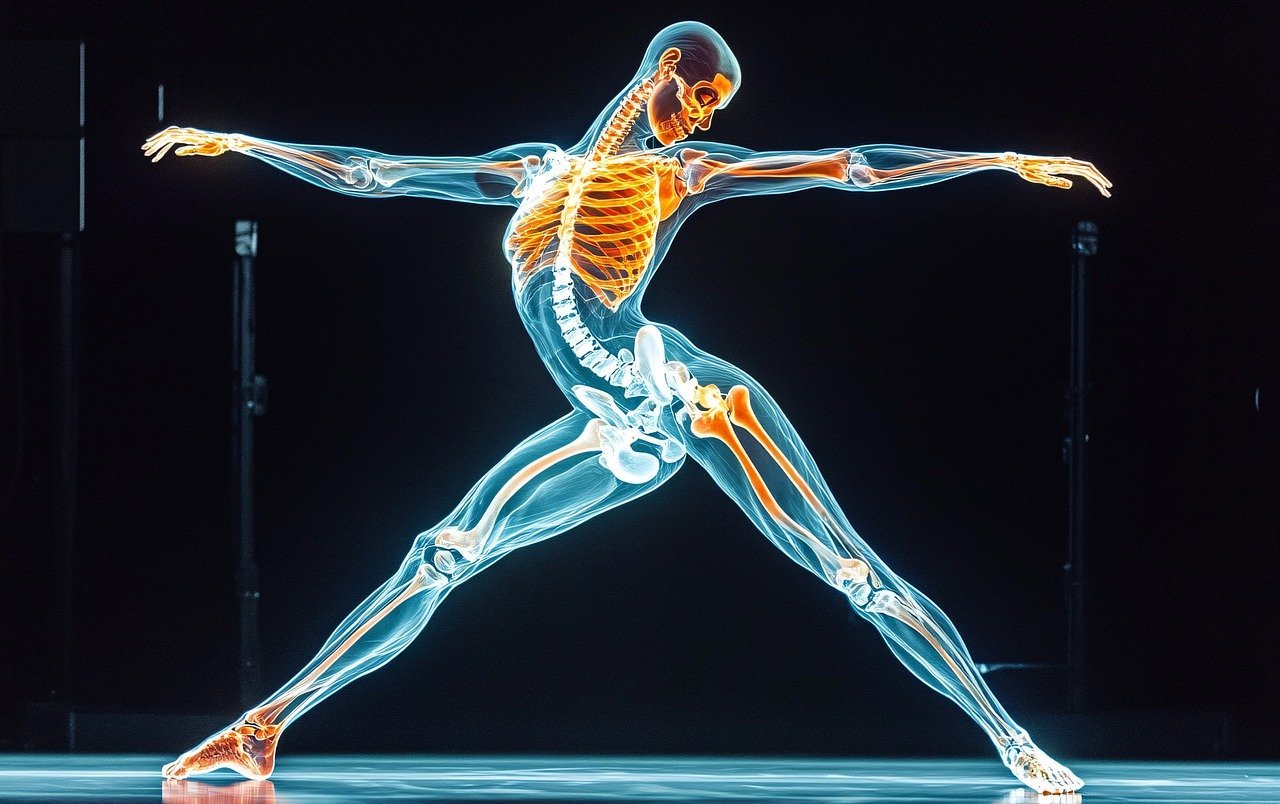
 mobility and immobility9 months ago
mobility and immobility9 months ago“Top 7 Postural Abnormalities: Effective Mobility Assessment & Assistive Devices Guide”
-

 mobility and immobility9 months ago
mobility and immobility9 months ago“10 Essential Tips for Maintaining Normal Body Alignment and Activity: Achieve a Healthier You”
-

 mobility and immobility9 months ago
mobility and immobility9 months ago“Assisting Patients with Ambulation: 5 Essential Steps for Effective Care of Immobile Patients”
-
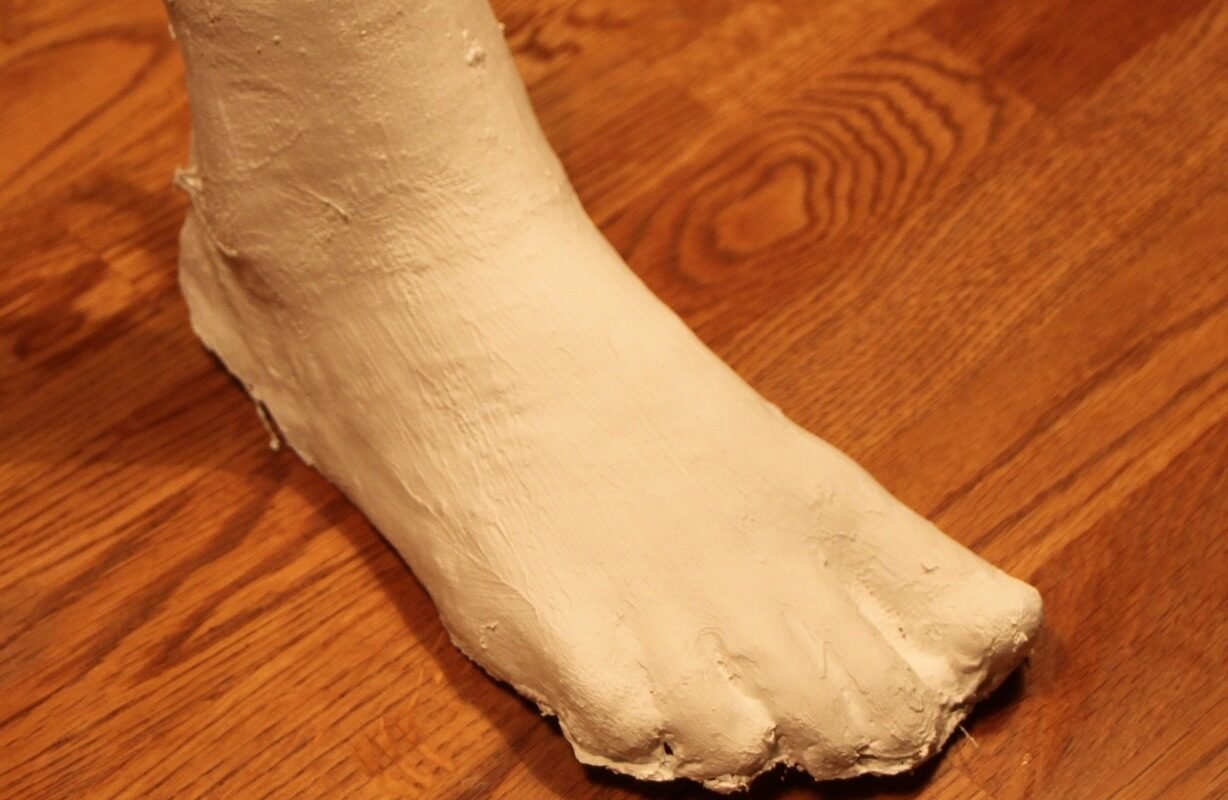
 mobility and immobility9 months ago
mobility and immobility9 months ago“Complete Guide to Plaster Cast Care: Top Types and Essential Nursing Management”
-

 mobility and immobility9 months ago
mobility and immobility9 months agoTransform Your Life: 7 Types of Exercise and Their Incredible Benefits

